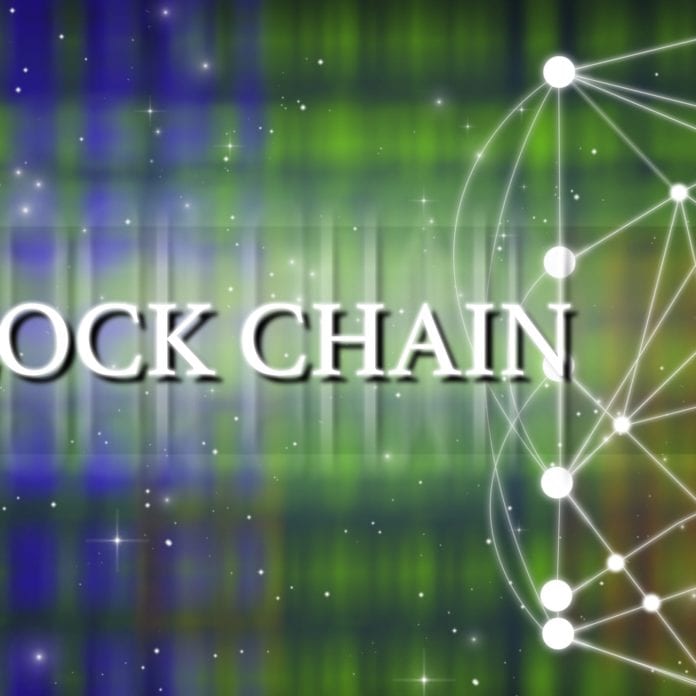Ericsson, Huawei, Intel among companies studying blockchain for telcos
Best known for providing the ledger behind various cryptocurrencies, blockchain technology is being eyed from multiple sectors as potentially useful for, from a high level, facilitating secure data transactions. In the telecoms world, ecosystem players see blockchain as useful in applications like supply chain logistics, mobile payments, fraud prevention and other backend processes.
Now standards body ETSI has put together a group dedicated to studying how blockchain can be used by the telecom ecosystem. The Industry Specification Group of Permissioned Distributed Ledgers includes reps from Ericsson, Huawei, Intel, Telefonica and Vodafone; the first meeting is set for Jan. 24 at Telefonica’s offices in Madrid, Spain.
ETSI described the groups charge as detailed how blockchain or distributed ledgers would be operated, as well as understanding “business use cases, functional architecture and solutions…interfaces/APIs/protocols and information/data models.”
To get an idea of how telcos are considering blockchain as a product, check out what AT&T is doing to bring distributed ledgers to bear on supply chain management. Earlier this year at the AT&T Business Summit in Dallas, Texas, AVP of Product Marketing and Management Mobeen Khan explained that blockchain can act as a link between several of AT&T’s focus verticals and improve efficiencies for supply chain stakeholders.
Khan said many of the operator’s vertical solutions focus on manufacturing, transportation and retail. “If you look at it, that’s the supply chain. You have a manufacturer that buildings things, which go through many modes of transportation—whether it’s a ship, trains, automobiles, plans—crosses borders, so goes through some government, then ends up at some distributor warehouse and eventually on a shelf. If you look at the lifecycle of the journey, what is happening in this IoT world is we, as AT&T, are providing solutions to each of the players across that value chain. We’re providing some services to the manufacturers, their outbound logistics, we’re providing services to the transportation, tracking where the truck is, did somebody drop a package, the pallet company that puts packages on top of pallets, we connect that. The packages themselves are being tracked and then the retailers on a connected shelf. Each of that data is very siloed. It’s being tracked and used for very specific purposes within that particular enterprise and within that [company] in the value chain.”
Blockchain could be used to take the data out of the silo and relevant information could be provided to stakeholders that can use it to increase efficiency. “If that data is coming from the source that it is coming from the source that I say it’s coming from, if that data can have a wrapper around what can be shared and what cannot be shared with whom, under what conditions, I can trust that if I give you that data, you’re getting the right data at the right time.” And there’s also the ability for each player to audit what’s meaningful to their piece of the larger business, Khan said.

